For your information
You are being redirected to one of our divisional subsites which contains more detailed information on the required division. To navigate back to the main Invicta Group site, please click the link found in the footer at the bottom of the page.
- Durasteel
Discover the benefits of Durasteel
- Systems
Systems
- Expertise
Expertise
-
Applications
- Aircraft Hangar Fire Protection
- Battery Storage Facilities
- Building Fire Compartmentation
- Anti-Terrorist Blast Protection
- Cable Tunnel Fire Compartmentation
- Equipment Delivery Hatches
- Equipment Enclosures
- Heat Shields
- Power Station Fire Protection
- Metro and Rail Fire Protection
- High Voltage Cable Protection
- Substation Fire & Blast Protection
- Tunnel Fire Protection
- Oil & Gas Fire & Blast Protection
- Ventilation Systems
- Wind Farm Fire Protection
-
Applications
- Projects
- Insights
Insights
-
Articles
- Blast Protection System Design Considerations & Design Criteria
- How to Conduct a Fire Risk Assessment for Factories and Warehouses
- Minimising the Risk of Fire, Blasts & Explosions in the Middle East
- Integrity, Stability and Insulation in Passive Fire Protection
- Triangle of Fire & Active vs Passive Fire Protection
- Frequently Asked Questions
- A to Z of Terms
-
Articles
- Contact
Contact

UK +44 1843 220 256

US +1 305 328 9444

UAE +971 4 277 6225

Qatar +974 4441 4340

India +91 99 0355 9793

Malaysia +60 16 286 6225
- Start your project
How to Conduct a Fire Risk Assessment for Factories and Warehouses
28th February 2020
Key considerations for fire risk assessments
Quick Quote
Contact Fraser Shearer Sarun Vysakham Ben Tan Azim Rizvi Anand Raghavan Our USA Office
To get a quotation or arrange a free site survey - Call Fraser Shearer Sarun Vysakham Ben Tan Azim Rizvi Anand Raghavan Our USA Office on
-
 UK
UK
-
 UAE
UAE
-
 Malaysia
Malaysia
-
 India
India
-
 Qatar
Qatar
-
 USA
USA
Current location:
Quick Quote
Contact Fraser Shearer Sarun Vysakham Ben Tan Azim Rizvi Anand Raghavan Our USA Office
-
 UK
UK
-
 UAE
UAE
-
 Malaysia
Malaysia
-
 India
India
-
 Qatar
Qatar
-
 USA
USA
Current location:
Factories and warehouses are prone to a number of risks, but fire can be one of the most devastating. The size of the site, variety of materials and presence of clutter all mean that fire safety has to be dealt with extremely vigilantly, and risk assessments carried out on a regular basis.
Our fire-rated Durasteel range can form part of a comprehensive fire protection system, and while we don’t carry out fire risk assessments ourselves, we’ve provided a synopsis of the HSE’s comprehensive fire assessment guide for easy reference. Here then is a brief rundown of the process behind a factory and warehouse fire risk assessment, and what you should be looking to accomplish in your site safety checks.
Identify fire hazards
Every facility is different, and you may be able to eliminate certain ignition and fuel sources as factors, although this should never be done without careful investigation and absolute certainty. However, you should seek to identify any and all fire hazards in your workplace, including stored objects, machinery and structural elements which may aid the spreading of fire.
Sources of ignition
While this is by no means an exhaustive list, the most common ignition sources for factories and warehouses include:
- Cigarettes, matches and lighters – these can be carelessly discarded by employees, and often result from an absence of properly designated smoking areas and cigarette bins
- Naked flames – these may be part of the manufacturing process
- Sparks – these may be a by-product of manufacturing processes, and can easily ignite dust and other collected debris
- Hot work – machinery and vehicles can produce heat that may ignite combustible materials, as can machinery and equipment brought into the factory or warehouse environment. These machines often have ventilation which must be maintained and not obscured in any way
- Extractor fans – equipment designed to extract dust can become hot or clogged up, posing a fire risk in itself
- Conventional heat sources – HVAC and radiators are a mundane risk, but traditional advice applies – do not cover heat sources, block ventilation, or place at risk objects in their vicinity
- Frictional heat and static – moving objects and machinery can easily generate heat and static, which can cause debris and other neighbouring objects to catch. This is a particular risk in factory and distribution environments with conveyor belts
- Faulty electrics – poorly fitted and designed cables and other electrical devices can be prone to breakage and heat generation
- Faulty equipment – poorly maintained machinery and equipment can be prone to electrical fires and the accumulation of debris
- Lighting – light sources can also produce sufficient heat to start fires, particularly if they are left on for long periods. Halogen lamps are of particular concern, although these may be less likely to be used in a factory or warehouse environment. However, the tight confines of some warehouses and need to illuminate items can mean that lighting is a potential risk factor
- Arson – Arson is a rare but constant threat, and efforts should be made to prevent it. Combustible materials should not be left in easily accessible locations, such as a skip at the side of a building, and security measures should be used to deter intruders, including lighting, security fences and cameras if necessary
Sources of fuel
Fuel sources commonly found in factory and warehouse environments include:
- Flammable liquids and solvents – Petrol, methylated spirit, white spirit, disposable lighters and eCigarettes/vape pens are the most common sources, but other risk factors include paints, oils, varnishes, thinners and adhesives
- Flammable chemicals – cleaning products used to remove dust and debris can often be an equal or greater fire risk, and precautions should be taken to ensure that they do not come into contact with any live ignition sources
- Waste products – debris including wood shavings, dust, shredded paper and other litter can easily accumulate if proper cleaning routines are not put in place
- Flammable gases – gases including LPG and refrigerants are common in areas where products and equipment are refrigerated and transported, making their storage and handling an active fire risk
- Stored goods – high density pallet racking and other methods of warehouse storage can be a substantial fire risk, depending on the storage container, the contents of the racking, its placement and how closely the products are packed
- Foodstuffs – certain foodstuffs are either flammable or prone to spontaneous combustion. These include products with a high oil content, butter, sugar, cinnamon, flour and pistachios
- Paper and packaging – cardboard boxes, packing materials, labels and other stationary all present a fire risk, and are prone to being blown around or discarded
- Combustible insulation – If it had not already been shown, the Grenfell Tower disaster illustrated the present danger of combustible insulation and cladding. At risk areas should be assessed for these materials as soon as possible, with changes in legislation likely
Sources of oxygen
The air around us is the primary source of oxygen for a fire, with some extinguishers working by suppressing the oxygen supply in a space. However, additional sources of oxygen may include:
- Oxidising chemicals – identified by their COSHH hazard logo
- Oxygen cylinders, e.g. for welding
- Pyrotechnics
Identify people at risk
People in and around the premises
This point ought to be self-explanatory, but it is also all-encompassing. You must consider where all staff and visitors to your site are likely to be in the event of a fire, and ensure that they have a clear and safe route out of the building.
This may depend on a number of localised factors, as well as the nature of these individuals, their knowledge of protocols and their ability to leave the premises swiftly and safely. Individuals should ideally be queried as to their perceived safety in these scenarios, with comprehensive plans for all foreseeable fire safety scenarios.
People at elevated risk
Special accommodation should be made to individuals or groups who may have a heightened risk in the event of a fire. These may include:
- Vulnerable people (e.g. those with disabilities)
- Isolated people (e.g. maintenance staff)
- Lone workers (e.g. cleaning staff)
- People with language difficulties, or for whom English is not a first language
- Children and young people
- People who are not familiar with your fire action plan
Review your fire safety protocols
Fire safety protocols should consist of three critical steps:
Evaluate the risk of fire
Fires are most commonly started by accident (e.g. dropping or forgetting to extinguish something), by negligence (e.g. poor maintenance and cleaning, or deliberately (e.g. arson). A combination of employee training, incident reporting and aggressive identification of risk factors will help to reduce the risks posed by these three scenarios.
Evaluate the outcomes of fire
There is always some chance of a fire occurring in your factory or warehouse, regardless of how well you have prepared. As such, you need to consider what will happen in the event of a fire, and how this could put people at risk. Modelling should be employed to predict the path of flames and smoke, and how this will impact the routes people use to evacuate the premises, as well as the time it will take for the fire to spread between rooms.
Again, as we have seen in Grenfell, fires can quickly spread out of control between rooms and even floors, while toxic smoke can quickly make it difficult to breathe, make judgements and navigate corridors. It’s important to identify these risks well in advance, and make every effort to mitigate them through the use of training and structural modifications.
Take action to reduce risks
Once you’ve identified the risks and the impact they will have, it’s time to put your knowledge into action. Where possible, you should aim to:
- Remove sources of ignition, fuel and oxygen
- Control the density of people and goods
- Alter layouts to make evacuation easier
- Implement early detection and warning systems
- Facilitate fire fighting and access for fire fighters
- Use clearly marked, lit and maintained fire escapes
- Use emergency lighting and clear signage
- Ensure proper maintenance of equipment and factory/warehouse floor
Record, plan, inform
Where many health & safety management systems fall down is the lack of attention to admin. Without properly documenting your fire risk assessments and reporting risks, hazards and incidents, it becomes impossible to learn from mistakes and to improve through iterative change. Every significant finding in your assessment should be documented, along with the action taken to address it. This will help to ensure compliance and to inform your future policies.
By identifying how a fire is likely to spread, what the makeup of your workforce and visitors is, and which risks you can not completely eliminate, you can now draft an informed emergency plan of action. This should offer clear, unambiguous guidance to everyone on site, and should be made available for people’s convenience, as well as being committed to memory by responsible persons in the workplace, in order to help coordinate evacuations.
Training is also a crucial element of this workforce preparedness. Several officially recognised fire safety schemes exist, and can be undertaken by general employees as well as managers and fire safety marshals. Where fire safety responsibilities are delegated, a culture should be instilled where safety is treated seriously, and lines of communication are clear. Co-operation and clarity, as much as preparation, are vital for a successful fire safety policy.
Review and revise
Once your fire risk assessment has been carried out and your response formulated, it’s important not to just abandon it. Your assessment will serve as the template for future assessments, which should be carried out periodically, and if there are any substantive changes to the makeup of your premises. These may include new personnel with specific needs, new equipment, layout changes, structural changes and other factors.
It will be up to you to decide whether each scenario requires a comprehensive assessment or simply a ‘spot fix’, but you should aim to review and revise your policy whenever it seems necessary. Each new risk factor could have a snowball effect that may impact on others, changing your assessment and impeding on seemingly irrelevant control factors and measures. Stay vigilant and take no chances, and you will stand the best chance of mitigating the risks.
Accreditations & Affiliations
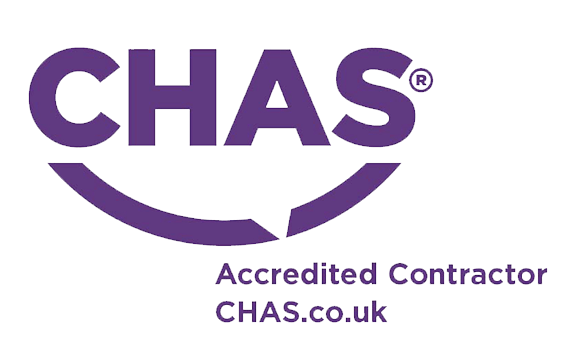
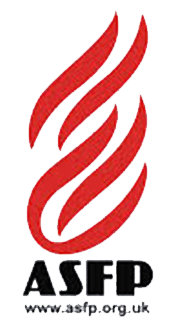





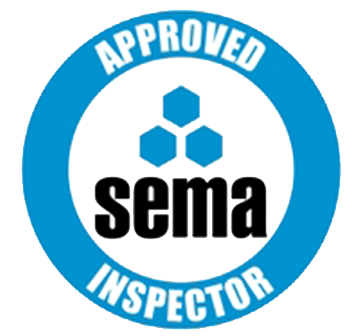



SpecUp - System Specification Wizard
Answer the 5 short questions below to receive your recommended Durasteel system specifications. Hover over the ? icons for a brief explanation.
Question 1/5
Type of system required?
Question 2/5
Fire rating required?
Question 3/5
Fire integrity-only or integrity and insulation?
Question 4/5
Fire attack risk from one side or both sides of the system?
Question 5/5
Blast rating required in addition to fire rating?
Creating your results page
Thanks for completing the SpecUp, you’ll be redirected to your results shortly.
Click here if you aren't redirected after a few secondsStart your project
Tell us about your project. Please complete this form. One of our sales team will come back to you with more details. If you prefer, you can drop us an email.
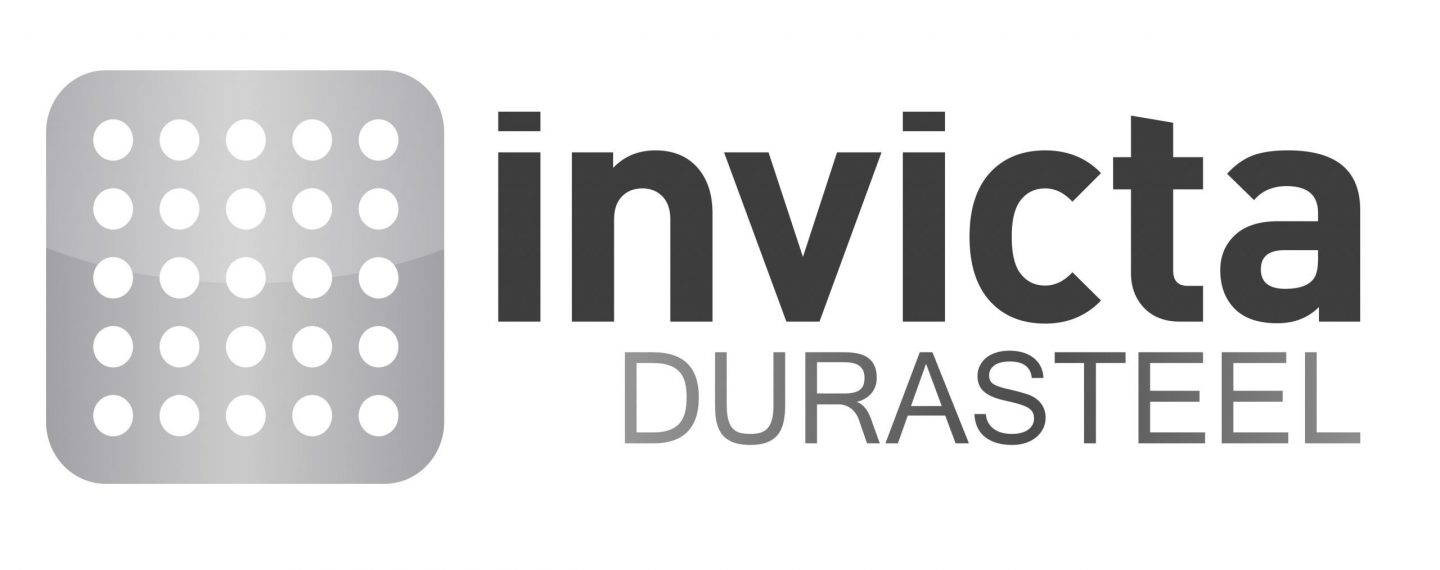

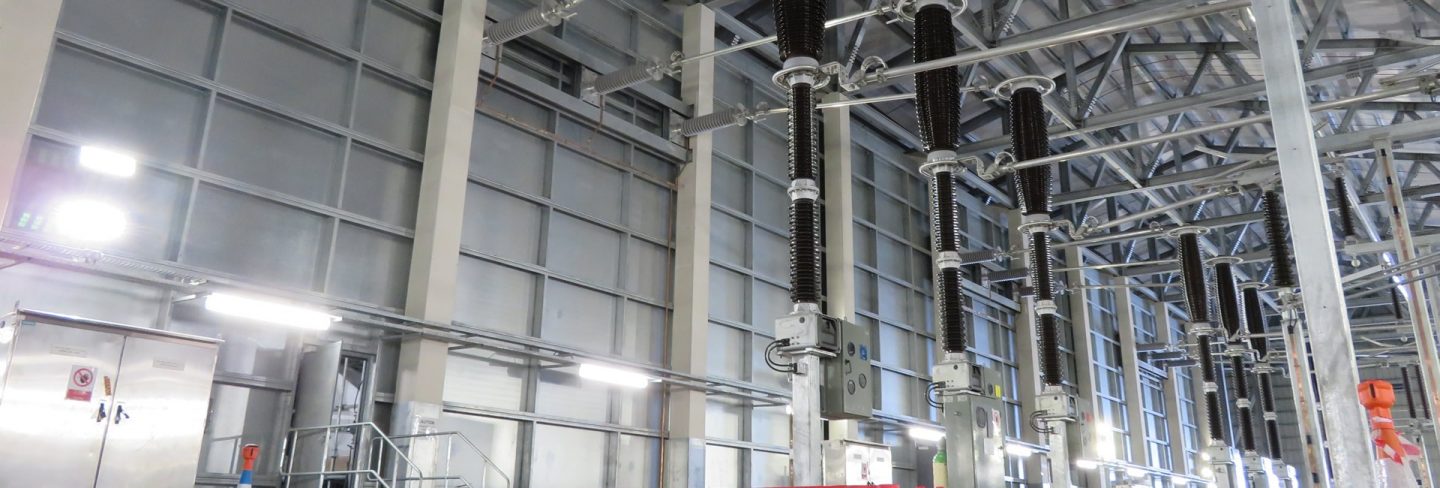
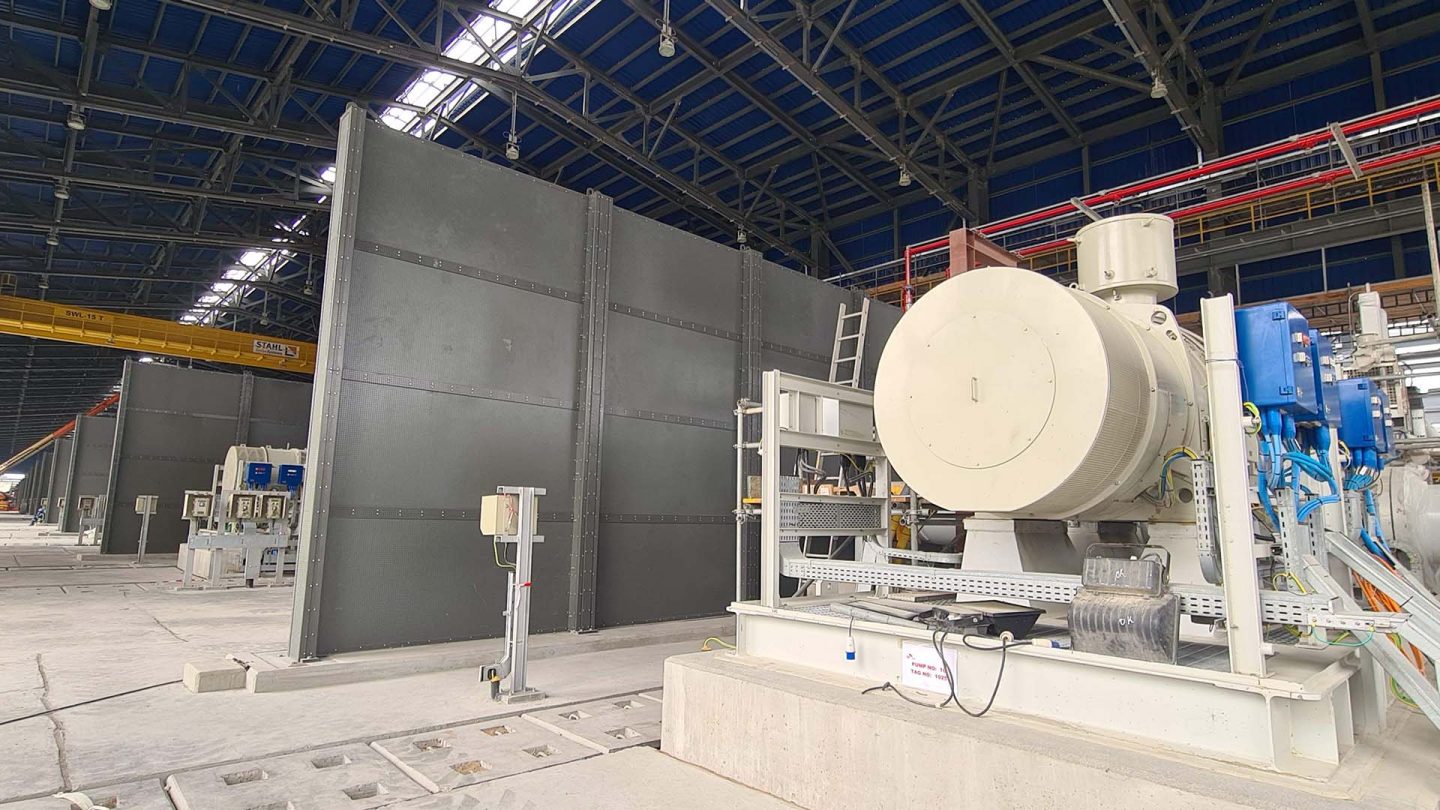
Share/Like this page